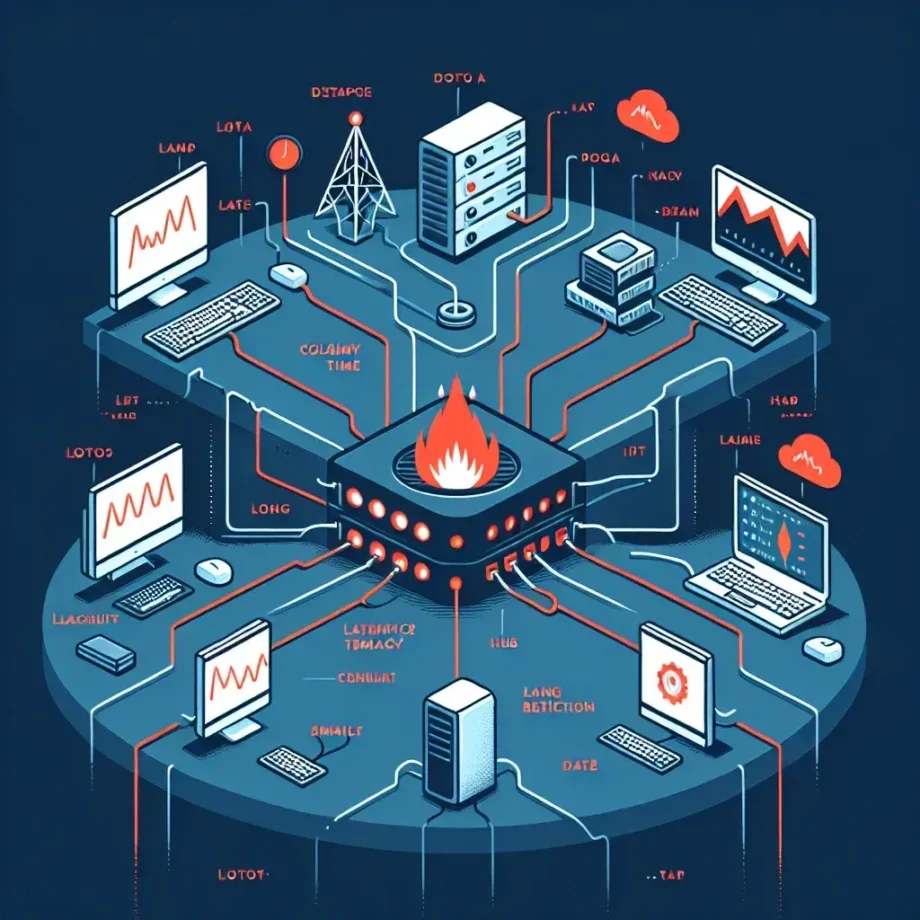
A network hub is a common networking device often used in small-scale networks. While hubs serve the basic purpose of connecting multiple computers and devices within a network, they are inherently limited in several aspects. Understanding these limitations is crucial for efficient network design and operation.
Why Network Hubs Can Be Limiting
Network hubs are essentially simple devices that connect various network segments, but they function at the physical layer of the OSI model and have several inherent limitations that network administrators need to consider. Below, we examine the key limitations of using hubs in a network.
To give you a clearer understanding, here are some primary limitations along with a comparison to other networking devices:
| Feature | Hub | Switch | Router |
|---|---|---|---|
| Layer of Operation | Physical (Layer 1) | Data Link (Layer 2) | Network (Layer 3) |
| Collision Domain | Single | Multiple | Multiple |
| Bandwidth Sharing | Shared | Dedicated | Dedicated |
| Security | Low | Medium | High |
| Intelligence | None | Basic | Advanced |
Collision Domains
One of the significant limitations of hubs is that all devices connected to a hub are in the same collision domain. This means that when two devices attempt to send data simultaneously, a collision occurs. This not only disrupts communication but can significantly reduce the overall network performance.
Bandwidth Sharing
Hubs operate on a shared bandwidth mechanism, meaning that the total available bandwidth is divided among all connected devices. If your hub operates at 100 Mbps and you have 10 devices connected, each device theoretically has a maximum bandwidth of 10 Mbps. This makes hubs unsuitable for bandwidth-intensive applications.
Lack of Intelligence
Hubs operate purely at the physical layer and do not have the capability to manage traffic intelligently. They broadcast all incoming data packets to every port, regardless of the destination, leading to excessive network congestion and inefficiency.
Security Concerns
Because hubs broadcast all network packets to every connected device, they are more vulnerable to security breaches such as packet sniffing. Any device on the network can potentially intercept data meant for another device, making hubs a poor choice for networks where security is a priority.
Scalability
Hubs are not very scalable solutions for growing networks. As more devices are added, the chances of data collisions increase, and the available bandwidth per device decreases, making the network increasingly inefficient.
Alternatives to Hubs
Switches
Network switches operate at the data link layer and can intelligently manage network traffic. They maintain a MAC address table and only forward data packets to the device with the specific MAC address, which significantly reduces network congestion and improves efficiency.
Routers
Routers go a step further by operating at the network layer. They route data packets to their destinations based on IP addresses and can connect different types of networks, offering greater flexibility and functionality.
Conclusion
While network hubs are simple and cost-effective devices for very basic networking needs, their limitations in terms of collision domains, bandwidth sharing, lack of intelligence, security, and scalability make them less suitable for modern, high-performance networks. For better network efficiency, security, and scalability, investing in switches or routers would be a more prudent choice.
